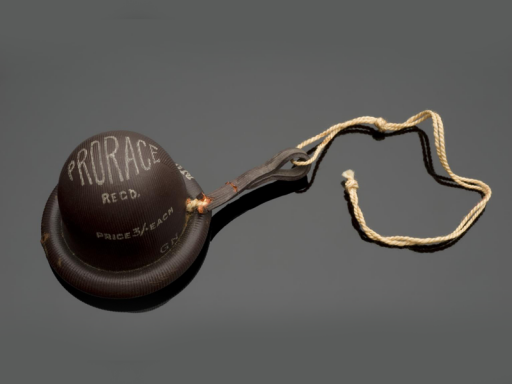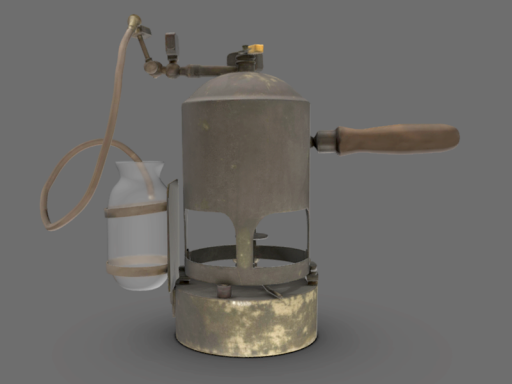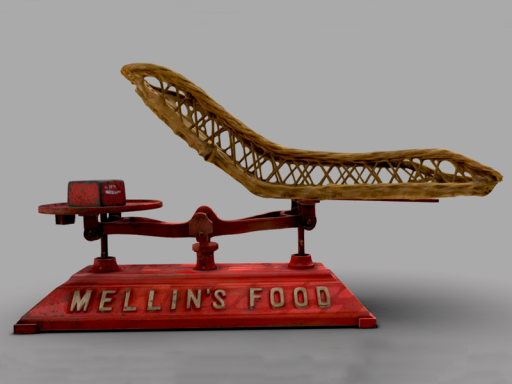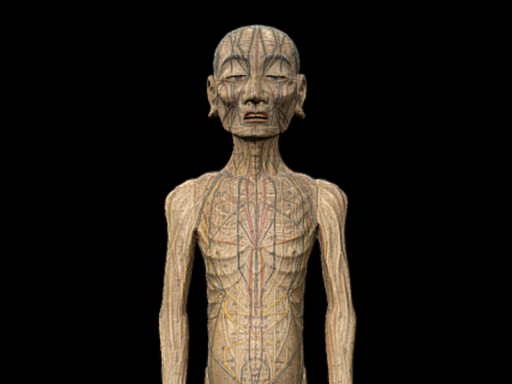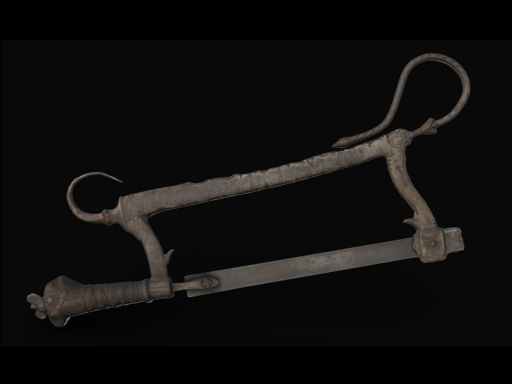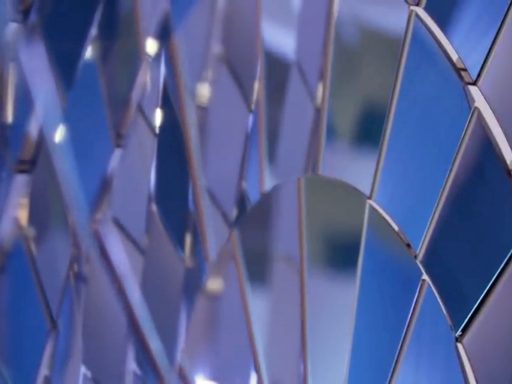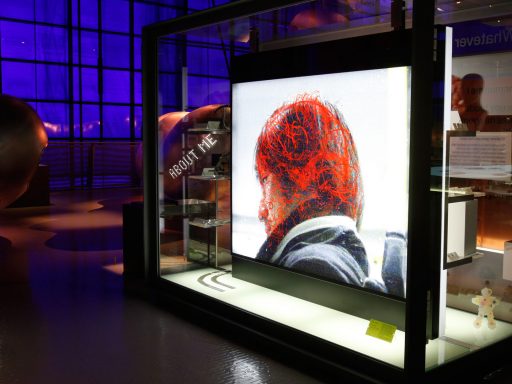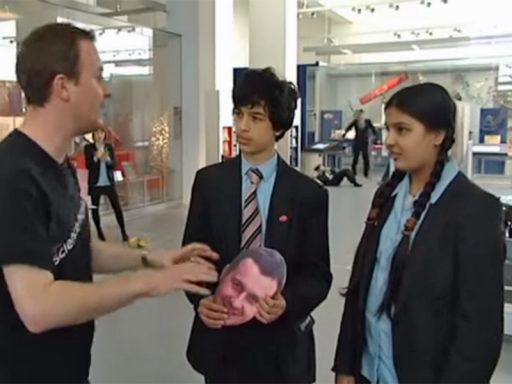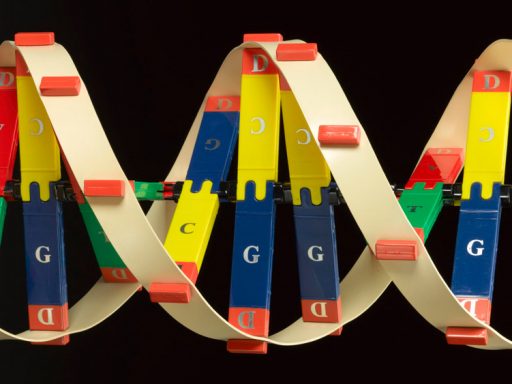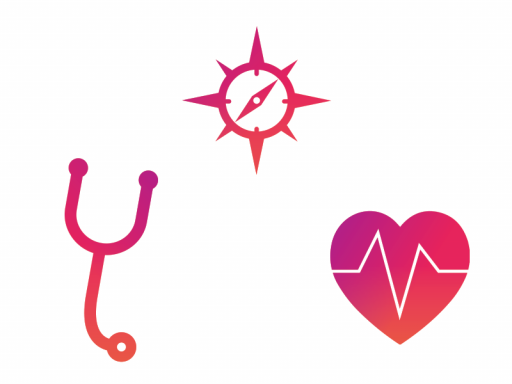This rubber cap was made around 1920. When inserted into a woman’s vagina, it prevented sperm from reaching the uterus, and so prevented pregnancy.
This device, used in operating theatres in the 1870s and 1880s, filled the air with a pungent, yellow mist of an antiseptic called carbolic acid.
These baby-weighing scales, made around 1900, were used by health visitors.
This is a wooden acupuncture model made in Japan in 1681.
This spray can was used to help slow the spread of malaria, a life-threatening disease carried by mosquitoes.
This saw was used to amputate (cut off) people’s arms or legs. It is about five hundred years old.
This video will help your students explore mirrors and make creative connections between light, colour, biology, art and literacy.
This video will help you prepare for a visit to the Who Am I? gallery at the Science Museum, London.
Punk Science experiment on living volunteers to explore the brain chemicals that keep us healthy.
An activity representing a genetic test, in which students receive a sealed box containing a chance card.
Find something that could save someone’s life; find something that keeps you healthy…
